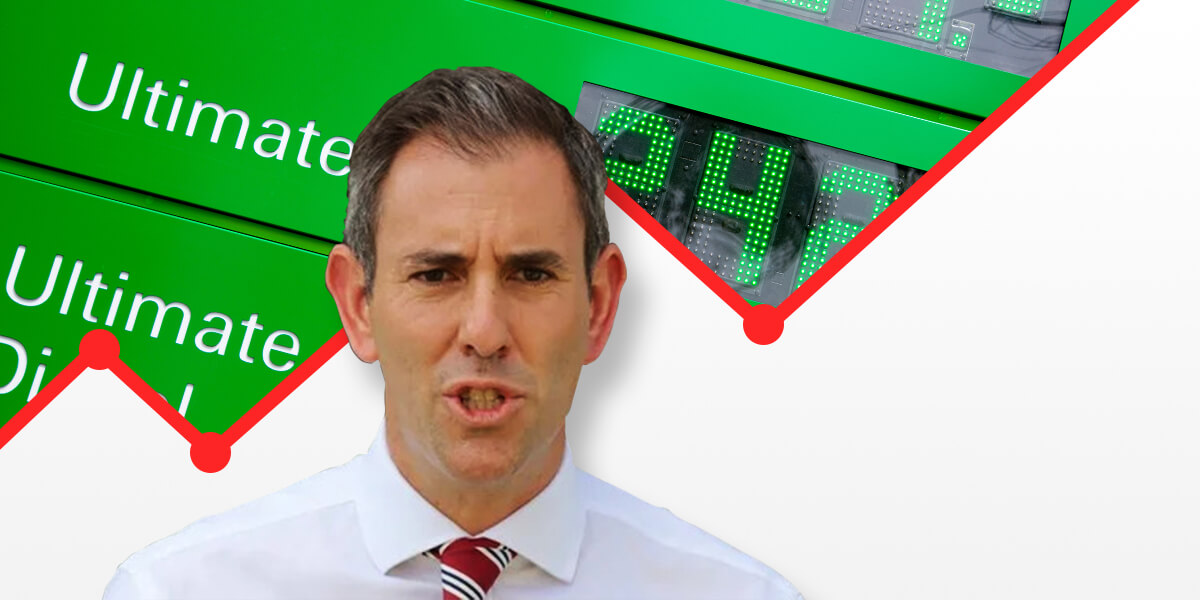As of today, the 6 month reduction on the fuel excise is officially over and the ACCC is telling Australians to prepare to pay 25.3c per litre more when they go to fill up the family car.
Instated in May 2022, the halving of the fuel excise was a temporary measure aimed at countering some of the rampant cost of living pressures assaulting Australians.
The increase means there’s a very real chance the average national weekly petrol pump price could creep back up to its July peak of $2.12 a litre.
With the cost of food, housing, energy and everyday items all up, the ending of this measure is another blow Aussie households need to prepare for.
Let’s see how much more you can expect to pay at the bowser and then look at 4 things you can do right now to save money at home and on the road.
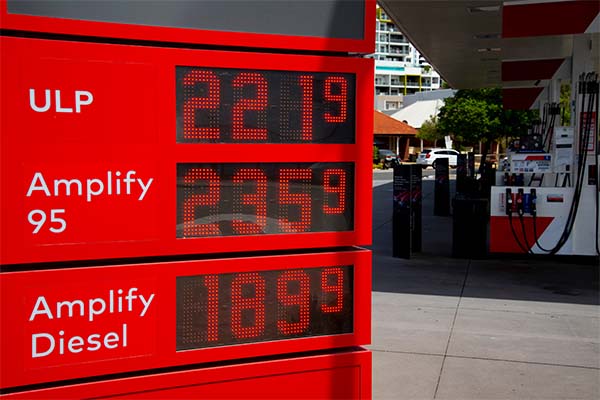
Key Points
- The full Federal fuel excise has been reinstated as of 29th September 2022
- ACCC warns of 25c per litre increase
- Consumers urged to find ways to find ways to save
How Much More You Can Expect to Pay
Let’s crunch some numbers. According to the Australian Bureau of Statistics the average Australian passenger vehicle travels 11,100km a year. That’s 925km a month, or 213km a week.
Looking at Australia’s 10 most popular cars, here’s what a 25c increase could end up costing you.
Mobile and tablet users scroll to view full table →
Cost of Fuel Excise Increase: 10 Most Popular Australian Cars
| Vehicle Model | Fuel Consumption (L/100km)* | Weekly Increase | Monthly Increase | Annual Increase |
| Toyota HiLux (Ute) | 11.1 | $5.91 | $25.67 | $305.25 |
| Ford Ranger (Ute) | 11.5 | $6.12 | $25.67 | $316.25 |
| Toyota Corolla (Compact Sedan) | 6 | $3.20 | $13.87 | $165 |
| Hyundai i30 (Compact Sedan) | 7.4 | $3.94 | $17.11 | $203.50 |
| Mitsubishi Triton (Ute) | 11.4 | $6.07 | $26.36 | $313.50 |
| Mazda CX-5 (SUV) | 8.2 | $4.36 | $18.97 | $225.50 |
| Mazda 3 (Sedan) | 6.6 | $3.51 | $15.26 | $181.50 |
| Toyota RAV 4 (SUV) | 7.5 | $3.99 | $17.35 | $206.25 |
| Kia Cerato (Sedan) | 7.6 | $4.05 | $17.57 | $209 |
| Mitsubishi ASX (SUV) | 7.9 | $4.21 | $18.27 | $217.25 |
Assumes city driving*
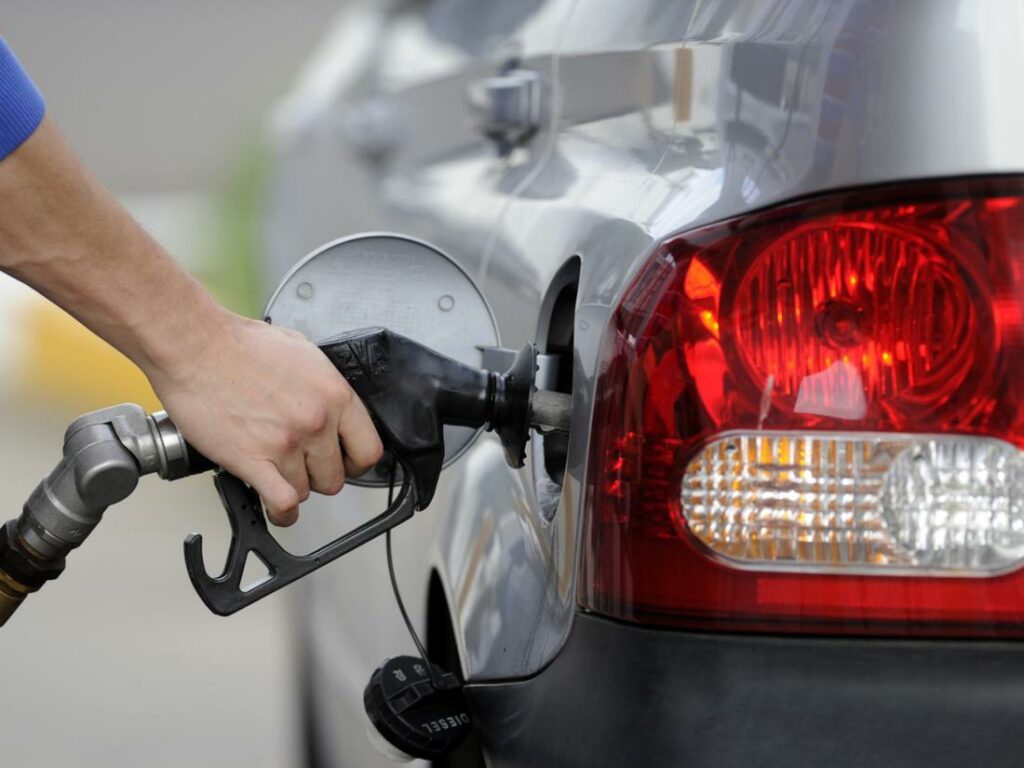
Australia’s love for large, thirsty cars leaves is especially vulnerable to a volatile fuel market.
4 Ways You Can Countering the Cost
While there’s no way to avoid the fuel excise, there are some easy short and long term steps you can take to take the sting out the hike and stay on top of your budget.
#1 Know the Fuel Cycle
If you want to keep driving your car then you’re stuck paying for petrol, there’s not much you can do about that!
But what you can control is WHEN you fill up.
Petrol prices move up and down in regular patterns in Australia’s largest capital cities, with prices spiking one day to then slowly decrease across a pretty predictable period.
If you’re mindful about your consumption and can time when you hit the bowser so it’s on the day when your city’s cycle at its lowest, then you can save often save as much as 30-40c per litre.
The ACCC has a great online resource to help you track your city’s cycle. Check it out here.
#2 Consider a Hybrid or Electric Vehicle
If you want to pay less for fuel then you should consider purchasing one that uses less of it!
Hybrid vehicles are obviously more efficient than a straight petrol and diesel. When comparing the hybrid to petrol version of the same model car it’s not uncommon to see a 33% reduction in fuel consumption.
That adds up big time.
Mobile and tablet users scroll to view full table →
Fuel Consumption: Petrol vs Hybrid
| Vehicle Model | Fuel Consumption (L/100km) | Weekly Fuel Cost* | Monthly Fuel Cost* | Annual Fuel Cost* |
| Toyota RAV 4 (Petrol) | 7.5 | $15.98 | $69.38 | $1,526.25 |
| Toyota RAV 4 (Hybrid) | 5 | $10.65 | $46.25 | $1,017.50 |
| Toyota Corolla (Petrol) | 6 | $12.78 | $102.68 | $1,221.00 |
| Toyota Corolla (Hybrid) | 4.2 | $8.94 | $71.87 | $854.70 |
Assumes national average fuel price of $1.83, calculated between June 2022 and September 2022*
Things get even more interesting when you choose electric. Here are some assumed energy costs for some of Australia’s most popular electric vehicles available on the market today.
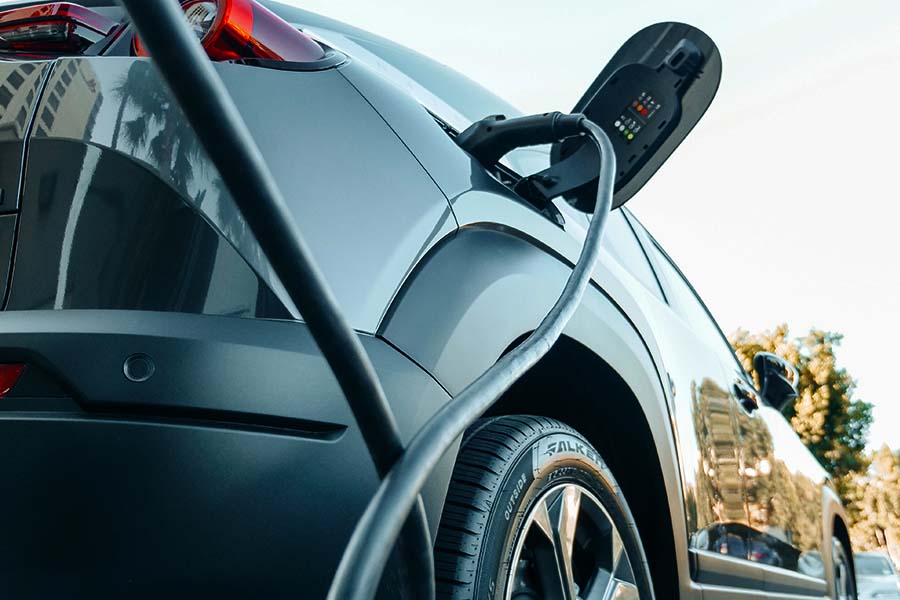
Electric vehicle sales in Australia have more than tripled since 2020.
Mobile and tablet users scroll to view full table →
Energy Consumption: Electric Vehicles
| Vehicle Model | Energy Consumption (kWh/100km) | Weekly Energy Cost* | Monthly Energy Cost* | Annual Energy Cost* |
| Nissan Leaf | 16.6 | $9.90 | $43.00 | $511.28 |
| Tesla Model 3 | 16.6 | $9.90 | $43.00 | $511.28 |
| Hyundai Ioniq Electric | 13.8 | $8.23 | 35.74 | $425.04 |
| Kia Niro | 16.4 | $9.78 | $42.48 | $505.12 |
| Polestar 2 | 16.7 | $9.96 | $43.25 | $514.36 |
Assumes electricity usage rate of 28c per kWh and 11,000km annual travel*
Obviously the upfront cost of buying a new car isn’t something to sneeze at and we’re definitely not say it’s the magic bullet to beating the coming fuel crunch! But if you’re already shopping around then it’s worth considering a hybrid or electric as your next daily driver for the long term fuel saving alone.
#3 Get Solar For Your Home
Being savvy about how you use your car can only save you so much. If you really want to keep your cost of living low then you need to tackle it from all fronts.
Getting a rooftop solar system for your home is proven to cut your home energy bills by as much as 80%, that’s immediate relief that rolls on for decades to come.
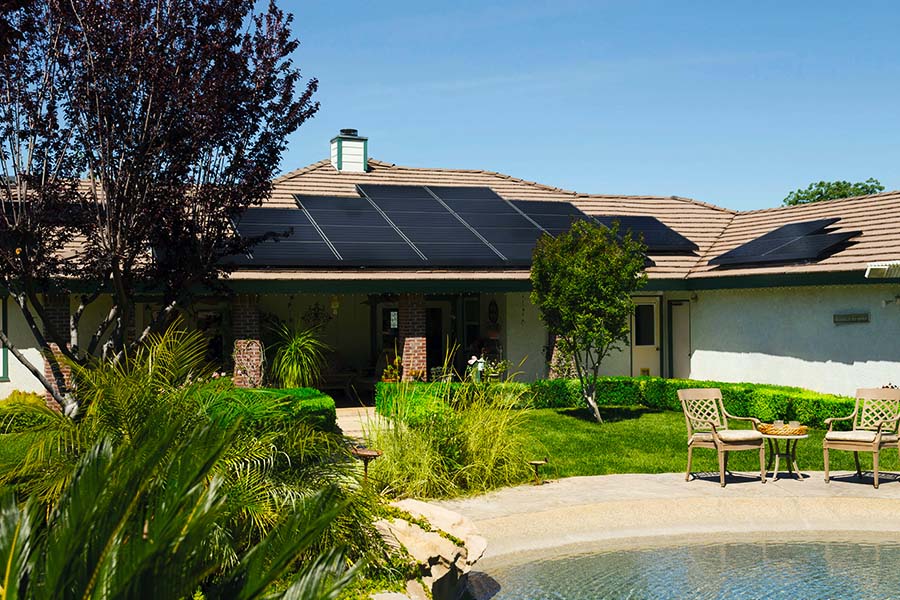
Keeping you home energy costs low is the best way to keep your bank balance high!
Things get even more interesting if you have an electric vehicle. By charging your car with the free electricity you’re producing at home you can practically eliminate your fuel costs.
Not to mention, depending on your set up, you use your car’s battery as an energy store to run your home! Kind of like a solar battery with wheels!
If you want reliable solar quotes then we can help you out. Click the link below and we’ll connect you with certified installers who can go over all your options and help you plan your energy future. It’s free and can save you heaps!
#4 Change Energy Provider
The one thing ANYONE can do to instantly to offset the pain of the fuel excise increase is to shop around for a kick-arse deal on electricity and gas.
People who change plans regularly are often hundreds a year better off than Aussies who stick with the same provider longterm.
Ready to find a better plan and make the switch?
Energy Market is a free online energy comparison tool that does all the heavy lifting for you.
By bringing together a huge selection of energy deals from Australia’s top retailers you can switch online in one easy, seamless process.
Finding a better energy deal takes just minutes with Energy Market, give it a go.
Longterm Outlook Still Shaky
Australians are going to have to stay thrifty for a while longer!
With the government signalling a ‘bread and butter’ budget on the horizon, it looks like any relief measures will be slim at best.
Couple that with the continued troubles in Europe, and the US sliding into recession, it could be some time before we can all relax.
